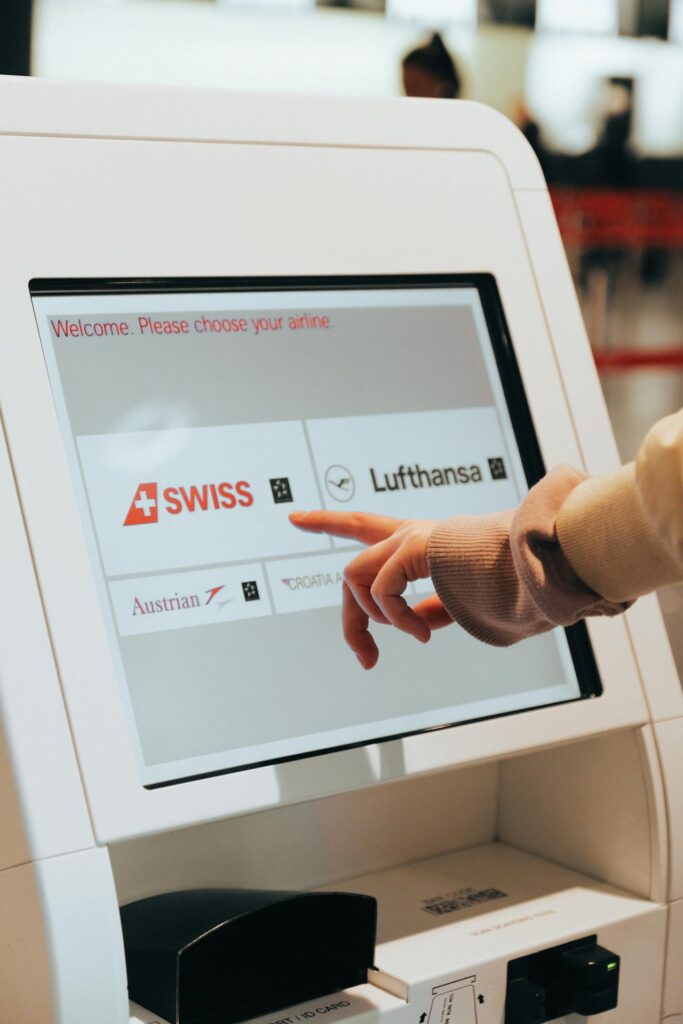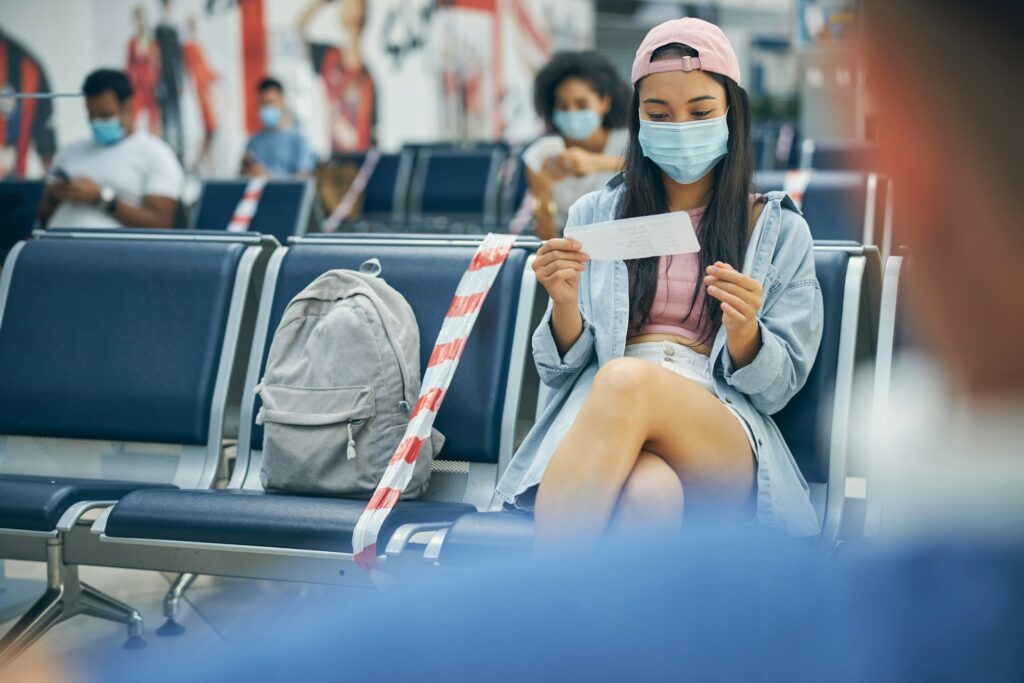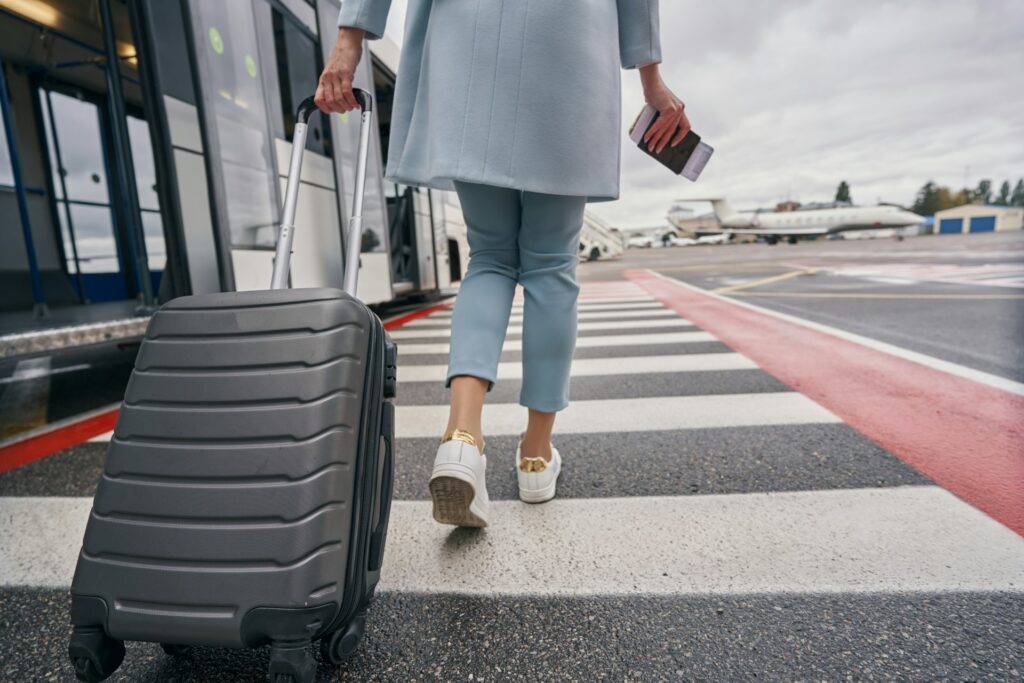In an era where travel plans can change in an instant, travel insurance has become less of a luxury and more of a necessity. Yet many travellers continue to make costly mistakes when purchasing and using their coverage. Here are 7 critical errors that could leave you facing substantial out-of-pocket expenses.
Mistake #1: Waiting Too Long To Purchase Coverage
The perfect time to buy travel insurance isn’t the day before your departure – it’s within 14-21 days of making your first trip payment. Why? Many valuable benefits, including pre-existing condition waivers and cancel-for-any-reason coverage, are only available during this early booking window. Wait too long, and you’ll miss out on these crucial protections.


Mistake #2: Choosing Coverage Based Solely On Price
While it’s tempting to opt for the cheapest policy, budget coverage often comes with significant limitations. Look beyond the premium to understand what you’re really getting. A policy that costs a few dollars more per day might offer substantially better protection for trip cancellation, medical emergencies, or lost baggage. Remember: the true cost of insurance isn’t what you pay for the policy – it’s what you might have to pay without adequate coverage.
Mistake #3: Overlooking Medical Evacuation Coverage
Many travellers don’t realise their standard travel insurance may not cover medical evacuation or the international repatriation of remains – expenses that can exceed $100,000 in remote locations. This coverage becomes particularly crucial when visiting destinations with limited medical facilities or engaging in adventure activities. Don’t assume your regular health insurance will cover you abroad; most domestic policies offer limited or no international coverage.
Mistake #4: Ignoring Activity Exclusions
Planning to go skiing in Switzerland or scuba diving in Thailand? Your standard policy might not cover these activities. Many insurance policies exclude what they consider “high-risk” activities, and their definition of high-risk might surprise you. Some policies even classify snorkeling or hiking above certain altitudes as adventure sports requiring additional coverage. Review your planned activities and ensure your policy covers them explicitly.

Mistake #5: Misunderstanding Pre-Existing Condition Coverage
That minor heart condition you’ve been managing? It could void your entire claim if not properly declared. Many travellers assume pre-existing conditions are automatically covered or, worse, deliberately omit them to save money. Most policies offer pre-existing condition waivers, but you must meet specific requirements to qualify, including purchasing the policy within a set timeframe of your first trip payment and insuring the full cost of your trip.
Mistake #6: Relying Solely on Credit Card Travel Protection
While credit card travel insurance can provide valuable coverage, it typically offers less comprehensive protection than standalone policies. Credit card coverage often has lower benefit limits and may only apply to expenses charged to that specific card. Additionally, these policies rarely cover medical emergencies abroad – a crucial gap in protection that could prove catastrophic.

Mistake #7: Poor Documentation
Even the best insurance policy won’t help if you can’t prove your claim. Many travellers fail to keep essential documentation: medical records, police reports, receipts, and correspondence with travel providers. Start documenting the moment something goes wrong. Take photos, get written statements, and keep all receipts – even for small expenses. Insurance companies require evidence to process claims, and the burden of proof lies with you.
Beyond The Basics: Additional Considerations
While avoiding the major pitfalls of travel insurance is crucial, seasoned travellers know that true peace of mind comes from understanding the finer details of their coverage. Even if you’ve mastered the basics, there are several nuanced aspects of travel insurance that deserve your attention.
Coverage Gaps You Might Not Expect
While most travellers focus on major emergencies, smaller incidents can also disrupt your trip. Standard policies often have surprising gaps in coverage for events like missed connections due to traffic, weather-related delays that don’t meet minimum time requirements, or problems with rental car insurance. For example, many policies won’t cover rental car damage unless you decline the rental company’s coverage – a detail buried in the fine print that catches many travellers off guard.

The Impact Of Current Events
Global situations can affect your coverage in ways you might not anticipate. Some policies now include specific provisions for pandemic-related cancellations, civil unrest, or natural disasters. However, these events must typically be unforeseen at the time of purchase. If you’re traveling to a region with known risks, standard coverage might not be sufficient.
Understanding Coverage Timing
The timing of when incidents occur can affect your coverage. Many travellers don’t realise that coverage typically begins at midnight on the day after purchase. Additionally, most policies have specific requirements about when losses must be reported – sometimes as quickly as 24 hours after an incident. Missing these deadlines can invalidate otherwise valid claims.

Working With Travel Insurance Providers
Building a good relationship with your insurance provider can make a significant difference in how smoothly claims are processed. Keep these tips in mind:
- Store your policy number and emergency contact information in multiple places, including offline
- Download your insurance company’s app if available – many offer direct claim filing and real-time assistance
- Consider working with a travel insurance broker who can compare multiple policies and explain subtle differences
- Keep a digital copy of your policy documents in your email or cloud storage
- Set calendar reminders for key deadlines, like the last day to add cancel-for-any-reason coverage
The Bottom Line
In the end, travel insurance is only as good as your ability to use it when needed. The savvy traveller knows that successful claims begin long before an incident occurs. Before your next trip, create a simple ‘travel documentation kit’ with your policy information, emergency contacts, and a basic system for organising receipts and records.
Consider including a small notebook for documenting incidents and a basic translation app for medical terms in your destination’s language. While we all hope never to use our travel insurance, being prepared can make the difference between a minor setback and a major financial burden.
Remember, the goal isn’t just to have insurance – it’s to have coverage that truly protects you when you’re far from home. Take the time to understand your policy, prepare your documentation, and stay informed about your coverage. That way, you can focus on what really matters: enjoying your journey with peace of mind.




